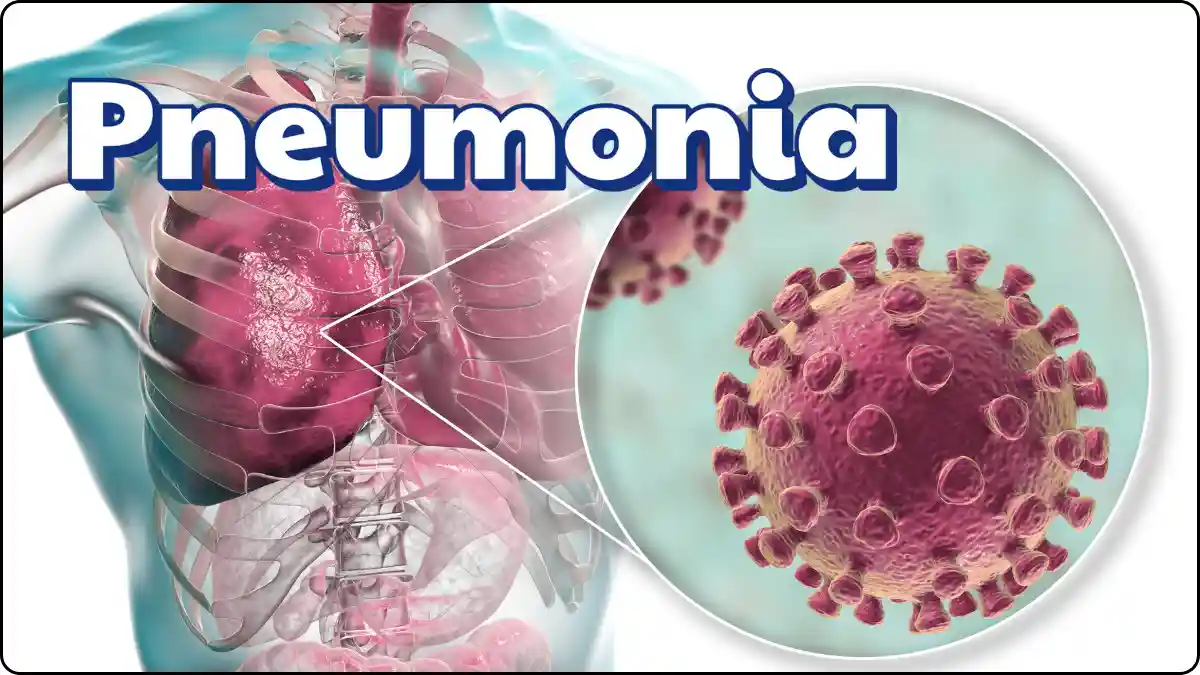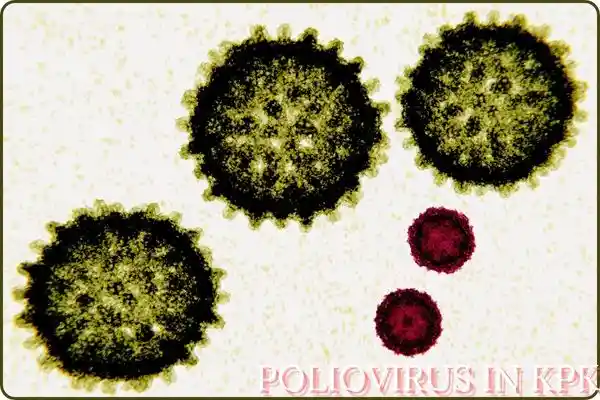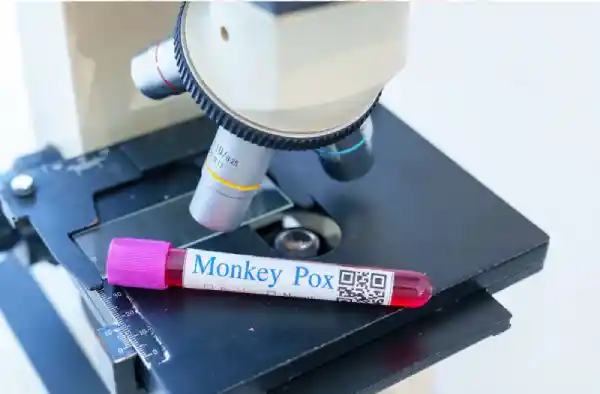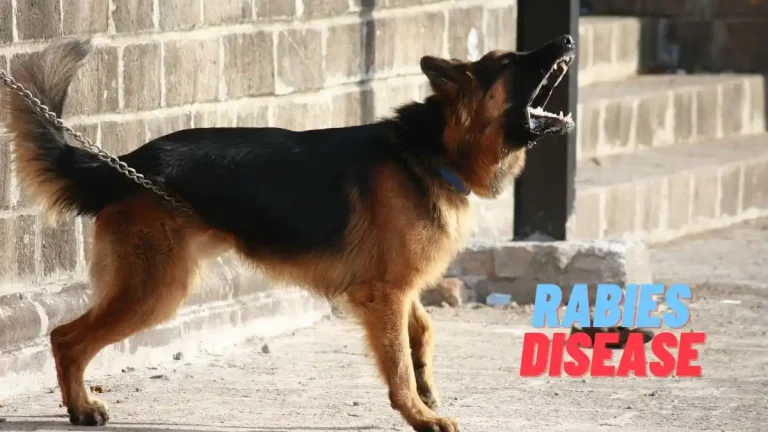Walking Pneumonia: A Mysterious Surge Raises Concerns in China
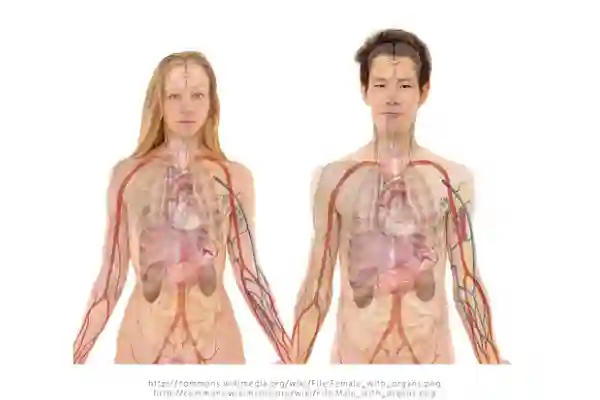
In recent weeks, China has found itself grappling with a surge in respiratory illnesses, particularly among children, as it enters its first winter season since lifting strict Covid-19 restrictions in December. This uptick has prompted concerns, and the WHO , in response to clusters of undiagnosed pneumonia in children, has requested more information from the Chinese government.
Among the pathogens identified is mycoplasma pneumoniae, a common bacterial infection that typically affects children. As the situation unfolds, the term “walking pneumonia” seems to encapsulate the mysterious nature of this surge and the challenges it poses.
Walking pneumonia is it contagious ?
Yes, walking pneumonia is contagious caused by bacteria like Mycoplasma pneumoniae, it spreads through respiratory droplets when an infected person coughs or sneezes. While the contagiousness is generally lower than other forms of pneumonia, individuals with walking pneumonia should still take precautions to prevent transmission.
That may include practicing good respiratory hygiene, such as covering the mouth and nose when coughing or sneezing, and avoiding close contact with others. Seeking medical advice promptly is essential for proper diagnosis and treatment to minimize the risk of spreading the infection.
The State of Affairs:
The State Council in China has issued warnings about the expected peak of influenza during the winter and spring seasons, coupled with the continued high incidence of mycoplasma pneumoniae infection in some areas. Notably, there is also a looming risk of a rebound in Covid-19 infections, adding another layer of complexity to the public health landscape.
Response and Transparency:
The WHO’s request for more information reflects concerns about transparency, echoing past questions regarding the reporting of early Covid-19 cases in Wuhan. China has responded to the request, providing data that links the recent surge to the lifting of Covid-19 restrictions and the circulation of known pathogens.
The challenge remains in deciphering the intricacies of this surge and understanding whether it represents a unique variant or a convergence of factors.
Public Sentiment and Expert Insights:
As the public navigates the uncertainties, parents in Shanghai appear cautiously optimistic, expressing a belief that this surge will pass. Health advisories have been issued, emphasizing the need for vigilance without implementing measures as stringent as those seen during the Covid-19 pandemic.
Experts, including Bruce Thompson from the University of Melbourne, suggest that preliminary data does not indicate the presence of a new variant of Covid-19. Thompson highlights the importance of surveillance processes, providing reassurance that monitoring mechanisms are in place.
Walking Pneumonia: Unraveling the Mystery:
The term “walking pneumonia” is often used to describe a milder form of pneumonia that may not require bed rest or hospitalization. In the current context, it symbolizes the elusive nature of the surge in respiratory illnesses in China. While the data provided indicates a connection to known pathogens, the intricate interplay of factors contributing to the surge remains to be fully understood.
Walking pneumonia symptoms
Walking pneumonia, attributed to atypical bacteria like Mycoplasma pneumoniae, manifests with mild symptoms, enabling individuals to maintain daily routines. Notable indications comprise a lingering cough, slight fever, fatigue, and mild shortness of breath. Divergent from typical pneumonia, hospitalization is generally unnecessary.
The subtlety of this infection underscores the importance of prompt symptom recognition. While less severe than traditional pneumonia, timely identification and proper treatment are crucial for a complete recovery from walking pneumonia, emphasizing the need for individuals to remain vigilant and seek medical attention at the onset of symptoms.
Walking pneumonia medication
Walking pneumonia is typically treated with antibiotics, commonly macrolides or tetracyclines. Adequate rest and symptom management, like over-the-counter pain relievers, are also recommended for recovery.
Conclusion:
As China faces this surge in respiratory illnesses, the term “walking pneumonia” serves as a metaphor for the challenges posed by this mysterious upswing. The situation underscores the importance of transparency in reporting, effective surveillance, and a nuanced understanding of the factors at play.
As authorities and health organizations work to unravel the mystery, the hope is that timely and accurate information will guide effective public health measures, mitigating the impact of this respiratory surge in the winter months ahead.

